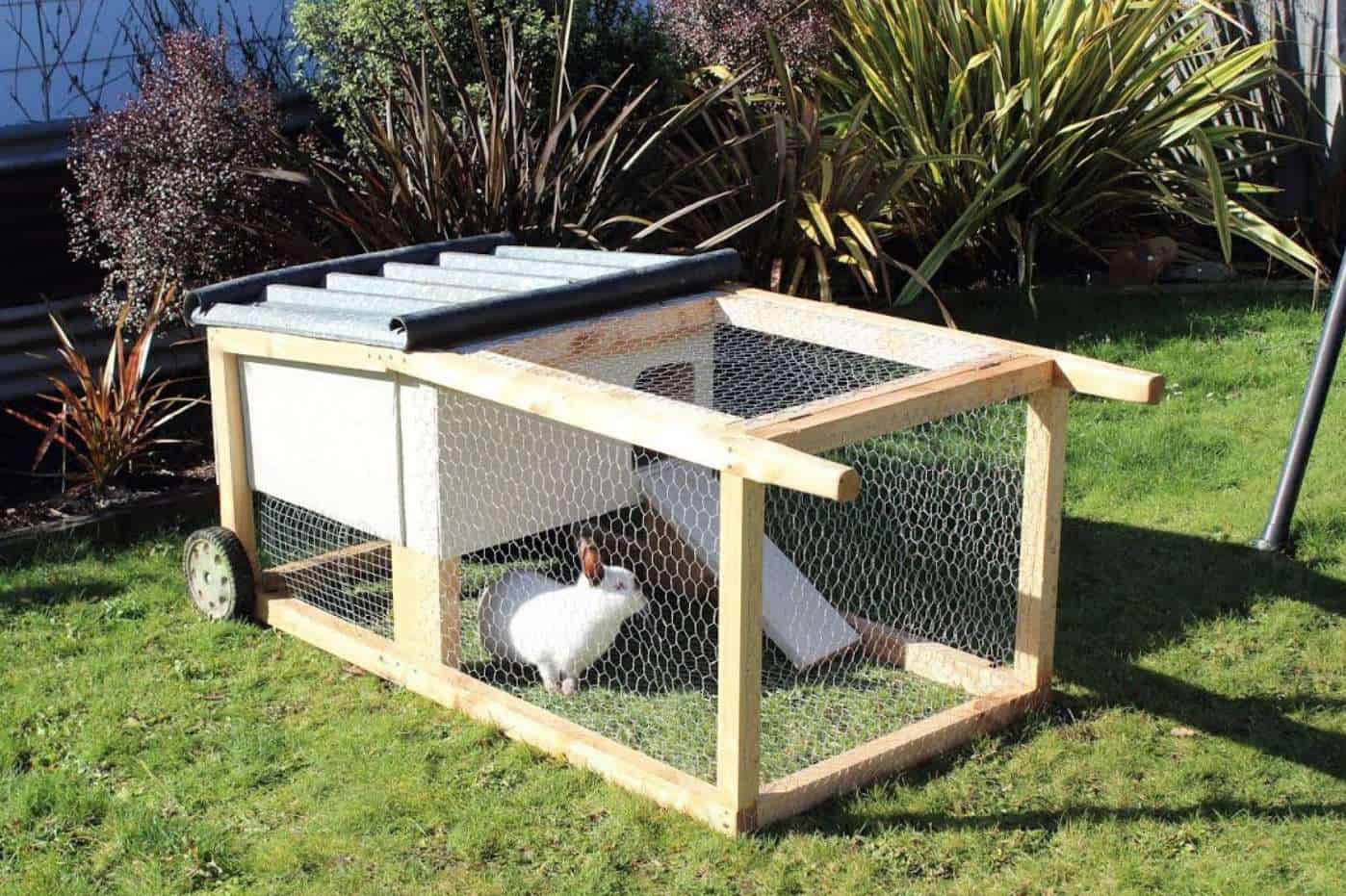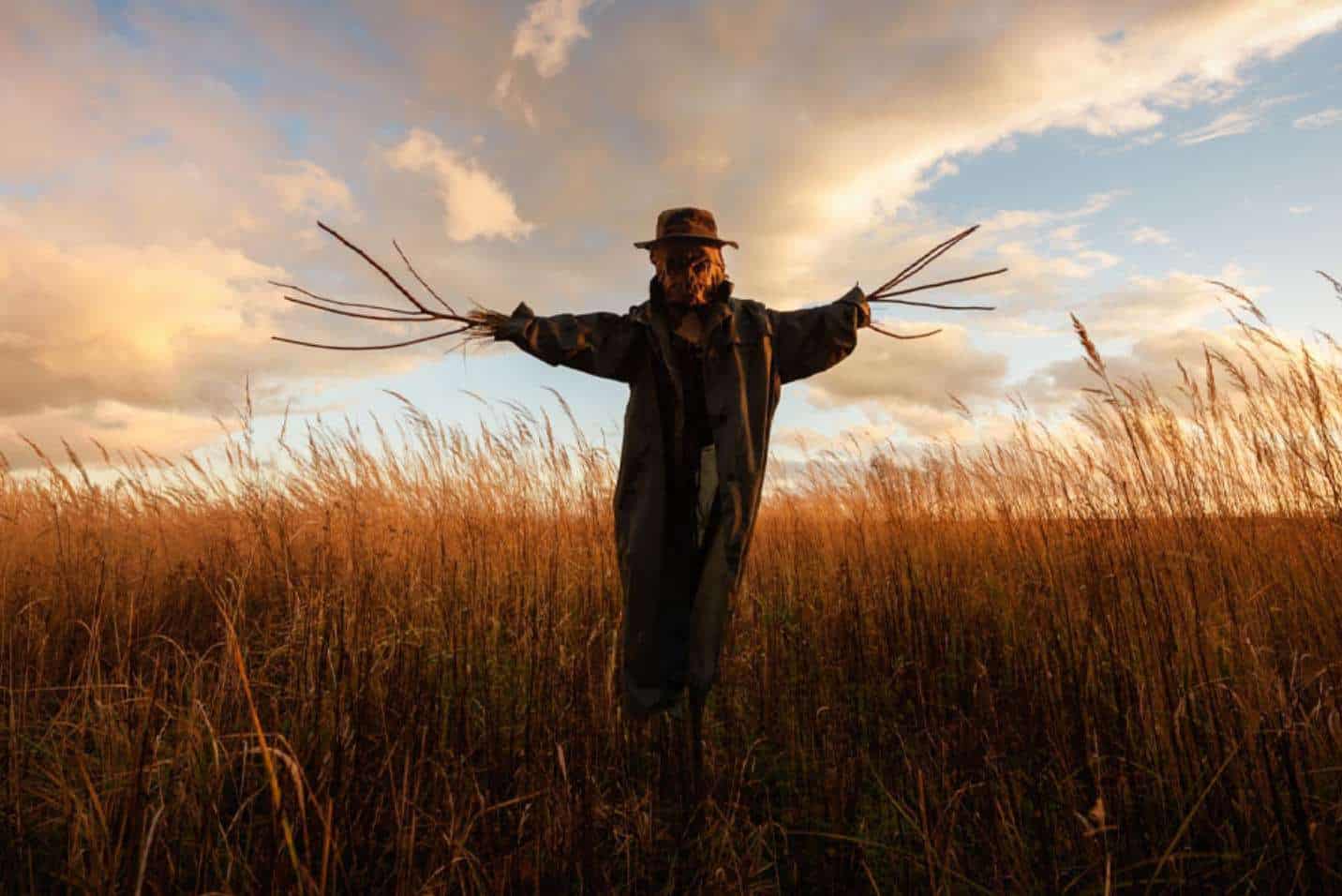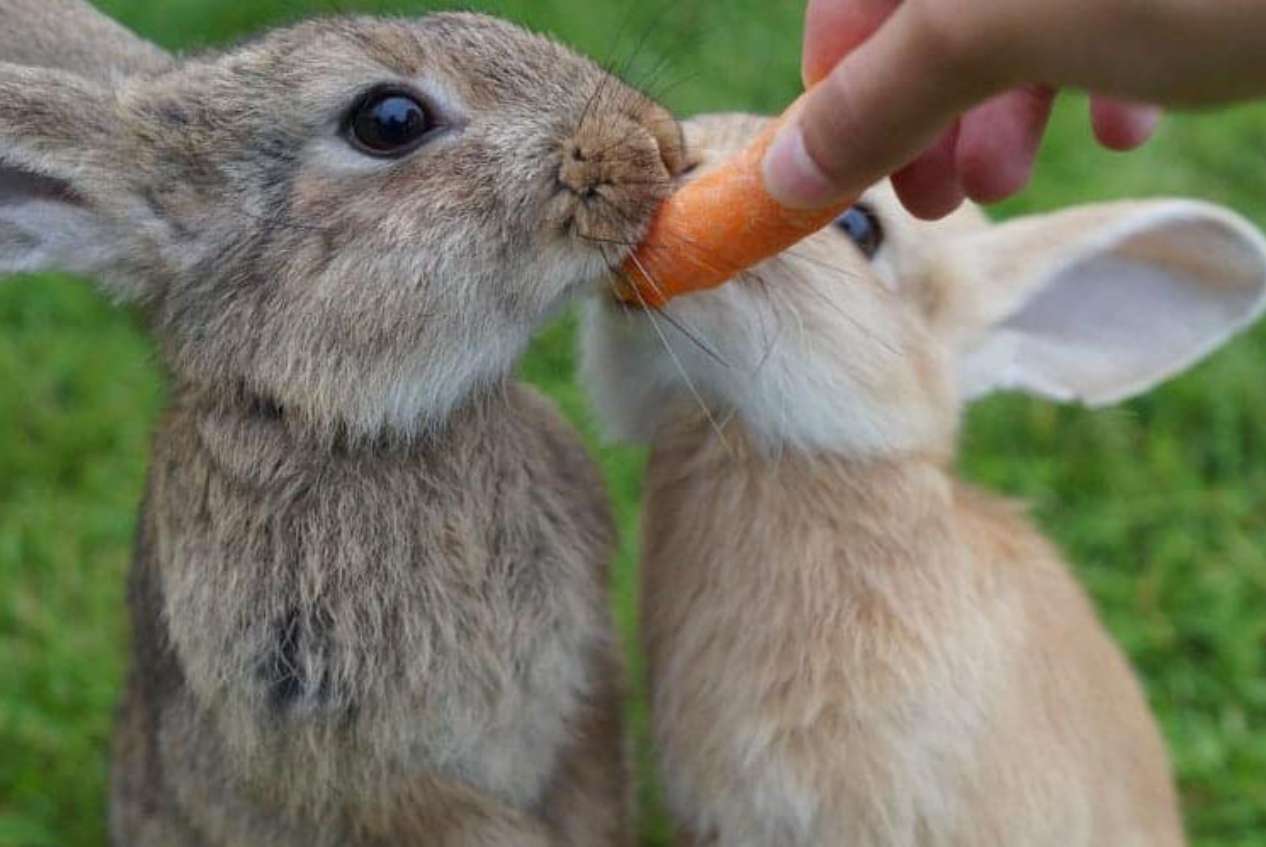Rabbits are some of the cutest creatures ever. So cute that, according to the British Columbia Society for the Prevention of Cruelty to Animals, they are the third most popular pets after dogs and cats.
If you have pet rabbits, keep them safe from predators like hawks with these tips.
Build a Hawk-Proof Rabbit Hutch

Hawks are medium-sized birds of prey that swoop in from the skies and snatch rabbits up with their talons. Very small rabbits easily suffocate in their grasp, while adults suffer a slow, agonizing death as they are pecked and eaten alive.
If your rabbits spend time outdoors, the first thing you need to do to protect them from these hunters is to build a hawk-proof or predator-proof hutch.
You can start with the material for the hutch. Most hutches are made from wood, metal, or net/mesh/wire. Among these three, metal is the sturdiest — but it’s not a good idea when it gets too hot or too cold. Net or mesh or wire can also easily tear, which might leave your rabbits vulnerable to hawk attacks.
A wooden hutch is your best bet, as wood is great for all types of weather, while providing ample protection from anything that might want to break into the hutch and hurt your rabbits. Or if you want an upgrade, you can opt for a metal cage that is housed inside a wooden hutch. This boosts protection against hawks, especially because your rabbits will be kept under a wooden roof.
If you can’t quite afford a metal cage and a wooden hutch, make sure that the hutch you do build features wooden panels. Why is this important? Rabbits like to dig, and so do other predators so they can get access to your pets. A wooden floor will be harder to penetrate, especially if it is raised at least two feet off the ground.
What if you have a ground colony, how do you keep your rabbits from burrowing down? You can bury hardware cloth 1/2-two feet below the ground. This will keep your pets safe from themselves and from predators.
Another thing to consider is the locking mechanism. This is important in keeping rabbits safe not only from hawks, but also from other predators. Most hutches come equipped with a latch, but an ideal one must have a bolt in place to ensure complete protection from unwanted entries.
Finally, attach your hutch to an existing structure, like your house, so it doesn’t topple over at any time.
Use Hawk Deterrents

You can also try using deterrents to scare hawks away from your pet rabbits.
One of the most effective (and humane) deterrents against hawks is noise — especially loud, sudden, and erratic noise. Many rabbit owners swear by ultrasonic bird repellers, which reportedly emit high-frequency sounds that scare hawks away.
Some products come with customizable settings to suit your comfort level. So if you don’t want something screeching from your yard while you and your family are sleeping, you can set a specific time duration and frequency. Additionally, you’ll find repellers that feature strobe lights for additional protection, especially at night.
Another option is an owl decoy. Hawks are scared of other predators that are bigger than them, such as owls. Fake owl decoys have been proven to be effective in keeping hawks at bay, especially if they look realistic. To make them seem even more real, opt for fake owl decoys that make erratic movements.
When using these decoys, just remember to swap out their positions every once in a while. Hawks are intelligent birds, and they will eventually catch on if your decoy is in the same place every time.
Additionally, you can try a good old scarecrow. According to researchers from the University of Nebraska – Lincoln, hawks and other birds of prey are naturally afraid of human beings. And a scarecrow can mimic a human, which is why they have been used since 2500 BC.
It has been found that one with brightly colored clothes and realistic-looking facial features is a more effective deterrent. Similarly, find one that moves; a 1989 research found that birds steer away from human-like mannequins that jolt upward through double propane cannons.
Or if you have the funds, there are digital scarecrows that have been especially designed to protect pets, livestock, and agricultural fields from hawks and other birds. One product even shoots a harmless supersonic wave when a bird (or another animal) gets too close.
To make sure that your scarecrow remains effective, it is best to move them from area to area, like with fake owl decoys.
Make Your Yard Unappealing to Hawks and Other Predators

It is also beneficial to make your yard as unappealing as possible to hawks. Consider these tips.
Inspect your yard. If you see hawks around your area, chances are there are a couple of things that are drawing their attention. These include:
- The presence of bird feeders, bushes, and flower beds that attract and house small birds
- Plants that produce nuts or seeds that attract squirrels
- Bodies of water that have fish or amphibians
- Tall trees where hawks can perch
When you scope your backyard, decide on which features can be changed so you can keep hawks away and protect your rabbits.
Prune tall trees. One of the best things that you can do to protect your rabbits from hawks is to remove any area where hawks can perch and stake out your pets. Top of the list are tall trees, as hawks are known to build their nest on the tallest available trees.
Prune tall branches, especially if they are dead, to avoid giving hawks a good vantage point for hunting your rabbits. Additionally, you can opt to install fencing that will be uncomfortable for them, such as thin wires.
Remove or cover bird feeders. If you have bird feeders in your yard, you might want to consider removing them. Aside from hunting smaller animals, hawks also like to prey on smaller birds. So if you feed birds, their presence will naturally draw hawks to your yard and to your rabbits.
However, if removing the bird feeders is not an option, consider covering them with wire cages. This will not only dissuade hawks from hanging out in your yard, it will also help make sure that the small birds you like to feed will be protected from them. If you can’t shell out any more money for covered bird feeders, you can DIY one with some chicken wire.
Eliminate potential food sources. Also, make sure that your yard doesn’t have food sources that can attract hawks. These include rodents and large insects, as well as chickens, quail, and other poultry. If it is possible, keep these animals away from your yard.
Invest in a covered rabbit run

Your pet rabbits will not like being enclosed inside their hutch at all times. In fact, to keep them happy, they should be allowed to graze and play. According to Animal Welfare Victoria, rabbits need at least 4 hours of exercise a day. This covers running, hopping, jumping, and doing binkies.
But how do you let them do all of those things while protecting them from hawks? You can invest in a covered rabbit run. A rabbit run is a dedicated area where rabbits can hop around, run, and essentially play. It’s also an ideal place for enrichment activities like digging and playing with toys.
A covered rabbit run, like its name denotes, comes with roof and side covers to protect your rabbits from hawks while they play. Some are even big enough to include a rabbit hutch.
When choosing a covered rabbit run, consider these questions:
- How much space is needed?
- How high can your rabbits jump?
- What kind of weather conditions do you get in your area?
- Do you have toys that you want to include inside the rabbit run?
These will guide you as you select the kind of material that is best for your rabbits, as well as the size of the rabbit run.
Experts recommend the following for rabbit runs:
- Shelter
- The right platform height
- Tunnels and hiding holes
- Space to be alone
Watch a sample rabbit run here:
Finally, don’t go a day without checking on your rabbits

Even if you have provided them with the safest possible environment that you can afford, your rabbits need supervision to ensure that they’re safe. Hawks avoid humans as much as possible, so seeing someone in your yard will deter them from hanging around, which will help safeguard your rabbits.
Similarly, if you have travel plans and will be away, arrange to have a pet-sitter or someone who can take care of your rabbits for you.
Conclusion
The above strategies should be enough to deter hawks away from your home and protect your pet rabbits. But if you see a hawk that will not leave, contact your local wildlife agency for help. The bird may be injured and in need of professional assistance.
